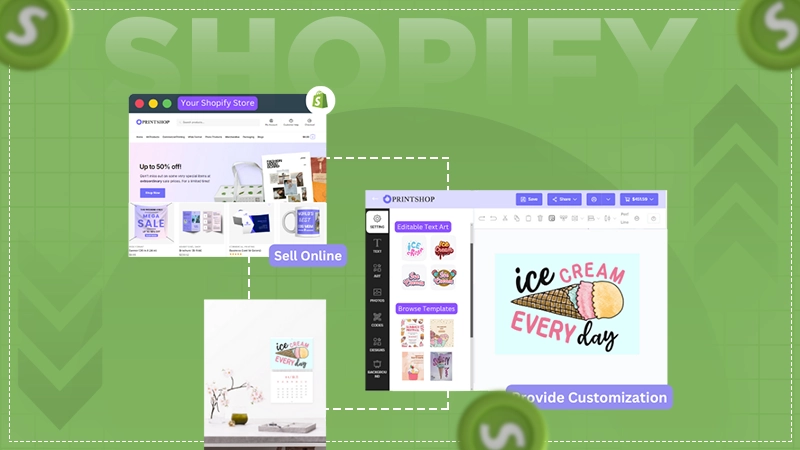The Benefits of Hyperautomation: Boosting Efficiency, Productivity, and Innovation
The uncertainty of the trade environment demands rapid changes and improvements in efficiency, productivity, and innovation to grow as a business. Though several aspects help organizations in streamlining and optimizing business processes, the concept of hyperautomation has gained a considerable spotlight.

As the name suggests, the increase of automation in business processes, such as production, workflows, marketing, etc., is hyperautomation. This inclusive approach combines advanced technologies like artificial intelligence (AI), machine learning (ML), and robotic process automation (RPA). So, let’s look forward to seeking the benefits of this technology and seeing how it is transforming trading operations. We’ll also analyze how it can work toward the betterment of performance and drive success in modern business surrounding.
Streamlining Processes
Business process management hyper-automation takes traditional BPM to the next level by incorporating advanced technologies. This way, organizations can automate complex workflows across different departments and functions. This eliminates manual and repetitive tasks, freeing up valuable time and resources for employees to focus on more strategic and value-added activities.

Automating processes and reducing human intervention minimizes errors and ensures consistent and accurate outputs. It also enables organizations to standardize and optimize their processes, leading to improved efficiency and operational effectiveness.
Boosting Efficiency Through Task Automation
Advanced technology excels at automating routine and time-consuming tasks. By leveraging AI and RPA technologies, organizations can automate data entry, document processing, customer interactions, and other manual activities.

This automation not only reduces the likelihood of errors but also significantly decreases processing time. And with tasks being completed faster and more accurately, organizations can improve overall efficiency and optimize resource allocation.
As such, employees can focus on more strategic tasks that require critical thinking and decision-making, leading to higher productivity and better utilization of human potential.
Increasing Productivity and Employee Satisfaction
By automating ordinary and repetitive tasks, the time and energy of employees get saved and eventually boost their productivity toward more purposeful and visionary projects. This also adds to workers’ satisfaction, engagement, and motivation.
Contributing to meaningful tasks that require expertise and creativity makes employees feel a sense of achievement and completion as they contributed to a relevant assignment. An increase in motivation eliminates the chance of error and assures high-quality outputs.
Fostering Innovation and Agility
Organizations that utilize automation for innovation and adaptation to uncertain marketing environments flourish. Expeditiously growing consumer needs and market demands can be fulfilled using AI processes and workflows.
These technologies provide real-time data and analytics to companies to make quick decisions and determine rising trends and opportunities. Businesses can now experiment, emphasize, and build new products or services more efficiently. It offers organizations gamesmanship to stay ahead of the line, grab opportunities, and grow.
Enhancing Collaboration and Communication
An automated workflow system and centralized data, easily accessible for employees and sharing, promotes collaboration and healthy communication among teams and departments. It also aids in streamlining decision-making processes.
Successful communication and knowledge sharing enable teams to work together towards common objectives. And it eventually improves work efficiency, faster error-rectifications, and more excellent outcomes.
Conclusion
Hyper-automation has made businesses work in an improved manner. Integrating processes, building efficiency, boosting productivity, innovation, enhancing collaboration, etc., are key benefits provided by these technologies to organizations, helping them stay competitive and flexible.
Utilizing these mechanisms as a crucial approach will empower businesses to prosper and unlock new levels of growth and innovation. And for long-term success in a drifting environment, these technologies can work as a facilitator and a supporter.








